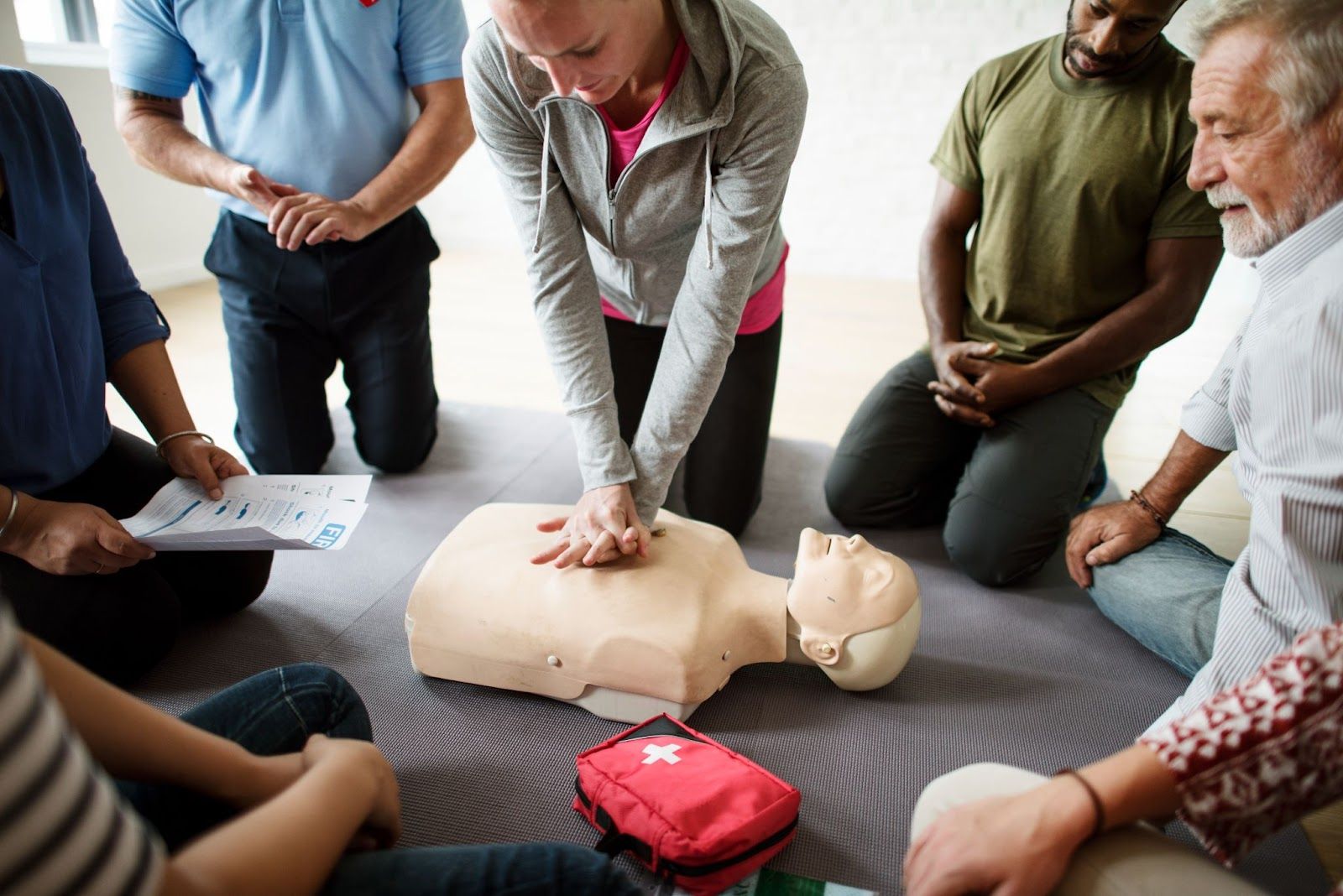Why CPR and First Aid Courses in Brisbane Are Essential for Everyone

In an emergency, every second counts. Knowing how to respond effectively can make the difference between life and death. This is where first aid courses and CPR courses (Cardiopulmonary Resuscitation) come into play. In Brisbane, these courses are becoming increasingly popular as more people recognise the importance of being prepared for emergencies. This blog will explore the significance of CPR and first aid training, the benefits of these courses, and what you can expect from a quality training program in Brisbane.
The Importance of CPR and First Aid Training
CPR and first aid training are critical life skills that equip individuals with the knowledge and confidence to handle medical emergencies. Here's why they are essential:
1. Immediate Response Saves Lives
In emergencies such as cardiac arrest, drowning, or severe bleeding, immediate intervention is crucial. CPR can double or even triple a victim's chance of survival, but it's only effective if performed correctly and promptly. First aid training enables individuals to stabilise injuries and prevent conditions from worsening while waiting for professional medical help.
2. Empowerment and Confidence
Training in CPR and first aid empowers individuals to take action during emergencies. This confidence can reduce panic and anxiety, allowing for a more composed and effective response. Knowing that you can make a difference in a critical situation provides peace of mind and a sense of responsibility toward others.
3. Work and Community Requirements
Many workplaces and community organisations require employees and volunteers to have current CPR and first aid certifications. This is especially true for those working in education, healthcare, childcare, and public service. Having these certifications not only meets job requirements but also enhances your resume and employment opportunities.
4. Safety at Home
Accidents and emergencies can happen anywhere, including at home. Knowing first aid and CPR can help you care for family members, especially vulnerable populations such as children and the elderly, during medical emergencies.
5. Community Preparedness
A community where many people are trained in CPR and first aid is a safer place to live. Training more people means that in the event of an emergency, there's a higher likelihood that someone nearby will know what to do, thereby increasing the chances of a positive outcome.
What to Expect from a CPR and First Aid Course
If you're considering enrolling in a CPR and first aid course in Brisbane, here's what you can typically expect:
1. Course Duration
Courses can vary in length, typically ranging from a few hours to a full day, depending on the depth of content covered. Comprehensive courses that include CPR, AED, and first aid training may take longer than basic CPR-only courses.
2. Practical Hands-On Training
Practical, hands-on training is a crucial component of these first aid and CPR courses in Brisbane. Participants practice CPR on mannequins, learn how to use an AED and engage in simulated scenarios that require first aid response. This hands-on practice is essential for building muscle memory and confidence.
3. Assessment and Certification
At the end of the course, participants are usually required to pass an assessment, which may include a written test and a practical demonstration of skills. Successful participants receive a certification card, which may be required to be renewed every few years through refresher courses.
4. Learning Materials
Participants often receive course materials, such as manuals or access to online resources, which they can refer to after the course. These materials are valuable for reinforcing the knowledge gained during training.
5. Support and Follow-Up
Reputable training providers offer ongoing support and resources to help participants stay updated on best practices and new guidelines in CPR and first aid. Some providers may also offer refresher courses or advanced training options.
Conclusion
Enrolling in a first aid or CPR course in Brisbane is a proactive step towards being prepared for emergencies. These courses equip you with vital skills that can save lives, whether at home, work or in the community. With professional training, comprehensive curricula, and flexible learning options, there's no reason to delay getting certified.
